6 tips for dog training success
Getting a puppy/dog is a life time commitment. You may experience times of frustration, destruction or accidents at first. It is important to train your dog to achieve dog training success. These dog training tips will help you achieve the well behaved dog you're looking for.
1. Have Fun! The world can be a difficult place for your dog to focus on and learn in. Your dog will learn quicker in a positive and fun environment. If you feel frustrated your dog will feel that too. Stop training and try again later. To be successful have fun.
2. Consistency - For a dog to become successful with wanted behaviors, consistency is key. Practice everyday and work training into your daily life. Reinforcement is key to a well behaved dog. Just like when people stop practicing, we forget. We consider your dog being 80% responsive the first time you ask, consistent.
3. Patience - Remember your dog is learning and with learning we all make mistakes. This is true for our dogs too. With dog training you are learning too. It is important to have patience with your dog and patience with yourself. Practice good technique, take your time and repeat. By doing this, you allow your dog to build trust, create a strong bond and have a well behaved family member.
4. Time - Keep your sessions short. All you need for practice is 5 reps and then move on. Practice multiple times a day and work training into your daily life. Goal 30 reps for each cue
5. Practice - Start by practicing with the least amount of distractions. This is usually inside your home. Practice in every room in the house. When your dog is successful try the front or back yard. Practice further away from your home as your dog is 80% responsive on the first time you ask. Practice in real life. Don’t separate training from your real life.
6. Supervision - Supervise your puppy, keep the house clean, shoes, laundry, wires, small items put away and out of reach. Keep the doors closed. Create a safe space for your dog. For example, a crate, playpen or other enclosed area. Use this space for naps, time outs, or when you are unable to supervise your puppy. Supervision allows you to prevent unwanted behaviors from starting and keeps the dog from practicing these unwanted behaviors before it becomes a problem. You can also refer to our Overcoming Unwanted Behaviors Guide
